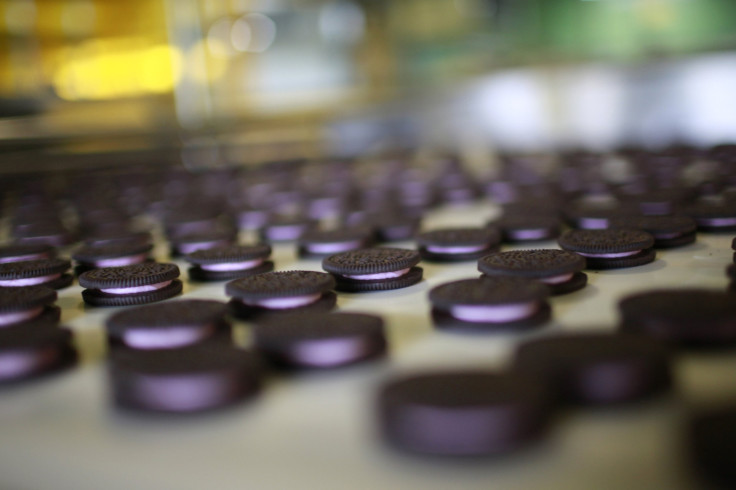Nanomaterials In Food: Is It Safe To Eat Nanoparticles?

Do you know what you're eating? The number of American food products containing nanomaterials has increased tenfold since 2008, said a report released this week, reviving concerns about the miniscule particles and their place on our plates.
The Friends of the Earth environmental group, which conducted the study, reports that its researchers found unregulated, “unlabeled nano-ingredients” in dozens of popular food products ranging from Oreos and Twinkies to Kraft American Singles and Betty Crocker Mashed Potatoes.
Titled “Tiny Ingredients, Big Risks,” the report suggests that the prevalence of nanoparticles in food products presents serious dangers to human health. Some nanomaterials “have been found to be highly toxic to cells in test tube and animal studies,” and a number of individual nanoparticles have been identified as carcinogenic, the report said. But there is little evidence on the impact of humans' ingestion of nanomaterials.
Nanomaterials, also referred to as nanoparticles or nanofoods, are loosely defined as any material with a dimension -- length or width -- of less than 100 nanometers. In food, they're used mainly for aesthetic purposes such as making powdered toppings whiter and frostings shinier. They are often intentionally added during the manufacturing process as industrially produced powders but are also created inadvertently as a byproduct of the process of grinding ingredients.
Nanomaterials have existed in the natural environment for thousands of years and have been used in products like sunscreen and paint for several years.
Still, many experts and activists worry that ingesting products containing the particles could lead to health problems, and say that further research is needed.
“We learned our lesson from technologies of the past, like dangerous chemicals like DDT that were used in all these agricultural chemicals before we knew they were harmful. Now that new technologies are coming along, we need to be cautious and careful before we widely use them,” said Georgios Pyrgiotakis, research fellow at the Center of Nanotechnology and Nanotoxicology at the Harvard School of Public Health.
“This is an open-ended question. We know a lot but we need to know a lot more before we can assess potential toxicity and safety in general.”
In the absence of reliable data about possible health risks, there are two key lines of concern about the unregulated use of nanoparticles in consumable goods.
First is the fact that nanoparticles are able to pass through cell walls much more easily than larger particles. This implies a wide range of potential effects on the human body. Second is the fact that though much is known about how larger particles of many chemicals and compounds interact with the human body, little is known about what happens when nanoparticles -- which often have different properties than their larger counterparts -- are consumed.
“More and more people want to take advantage of the antimicrobial properties of silver by applying true nano-scale silver particles … to different products, and we don’t really know what the health effects are,” Craig Schwandt, senior researcher scientist and director of industrial services at McCrone Associates in Westmont, Ill., explained.
“Those particles can move through cell walls and into the body,” he continued. “If you ingest too much silver you can have problems with darkening the whites of your eyes, and if you have too much silver iodine exposure it can permanently blacken your skin.”
The fears about possible risks have prompted a grassroots effort to push the U.S. government to study and regulate their potential impact and commercial use.
As You Sow, an Oakland, California–based non-profit foundation that advises corporations on environmental and social responsibility, is advocating for in-depth research on nanomaterials. The foundation argues that companies should weigh the often minor benefits of using the emerging technologies against the potential fallout if they end up harming people in the end.
“Companies used asbestos before the health risks were known, and essentially they’ve run into billions of dollars [in settlements and fines] and all of the lost lives because they didn’t do the due diligence needed. These companies shouldn’t be using these products in foods until we know what the health risks are,” Danielle Fugere, president of As You Sow, said. “Do doughnuts really need to be whiter? Are customers really asking for that?”
© Copyright IBTimes 2024. All rights reserved.











